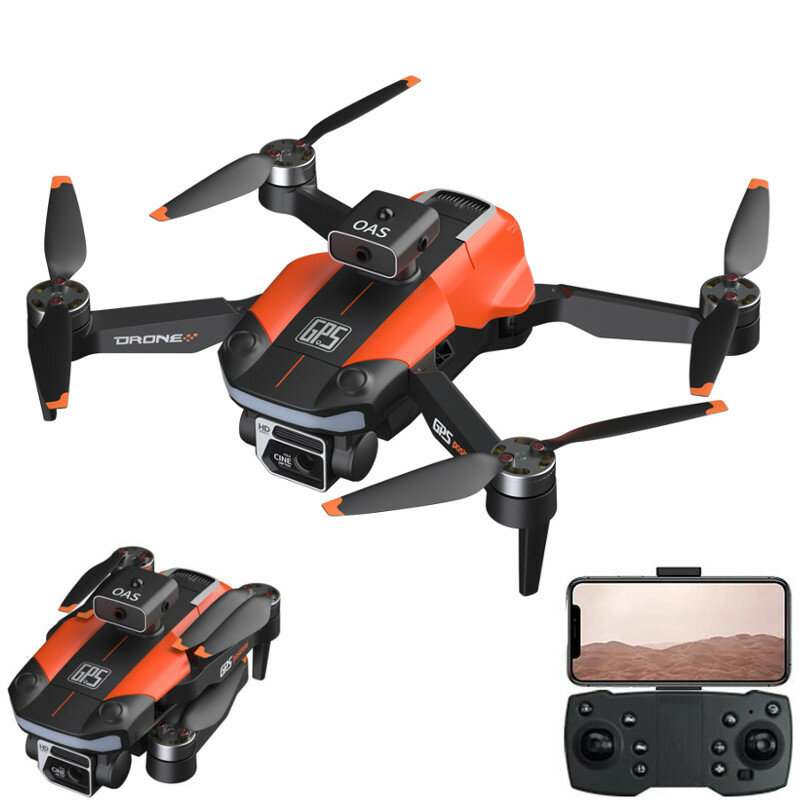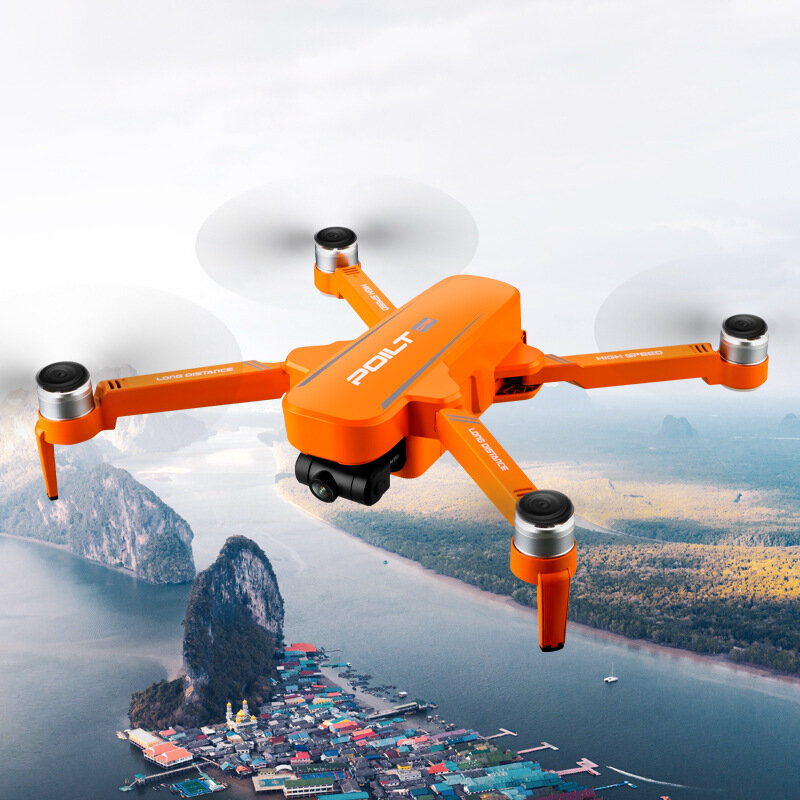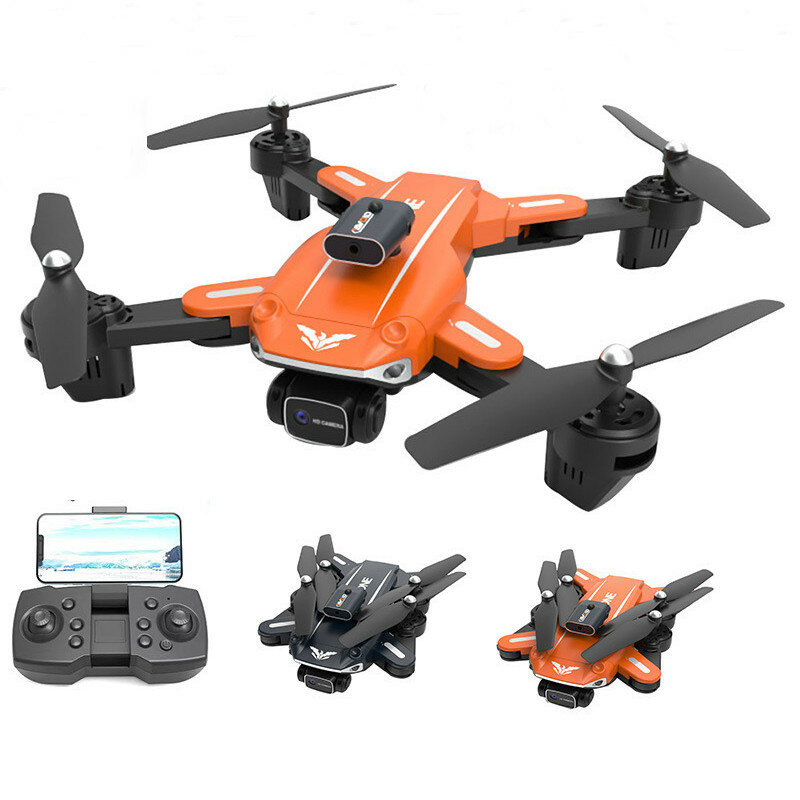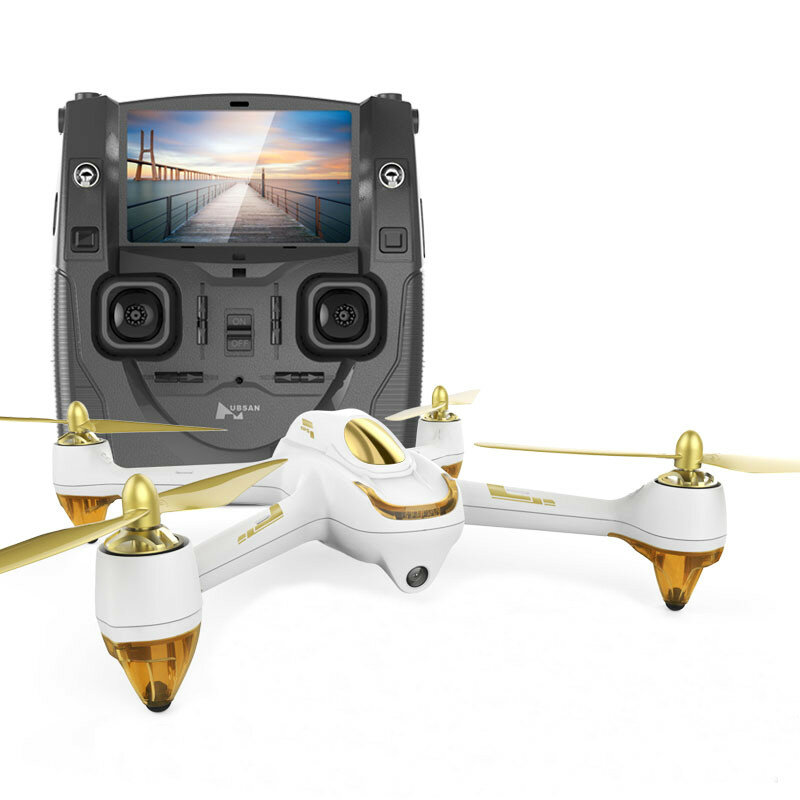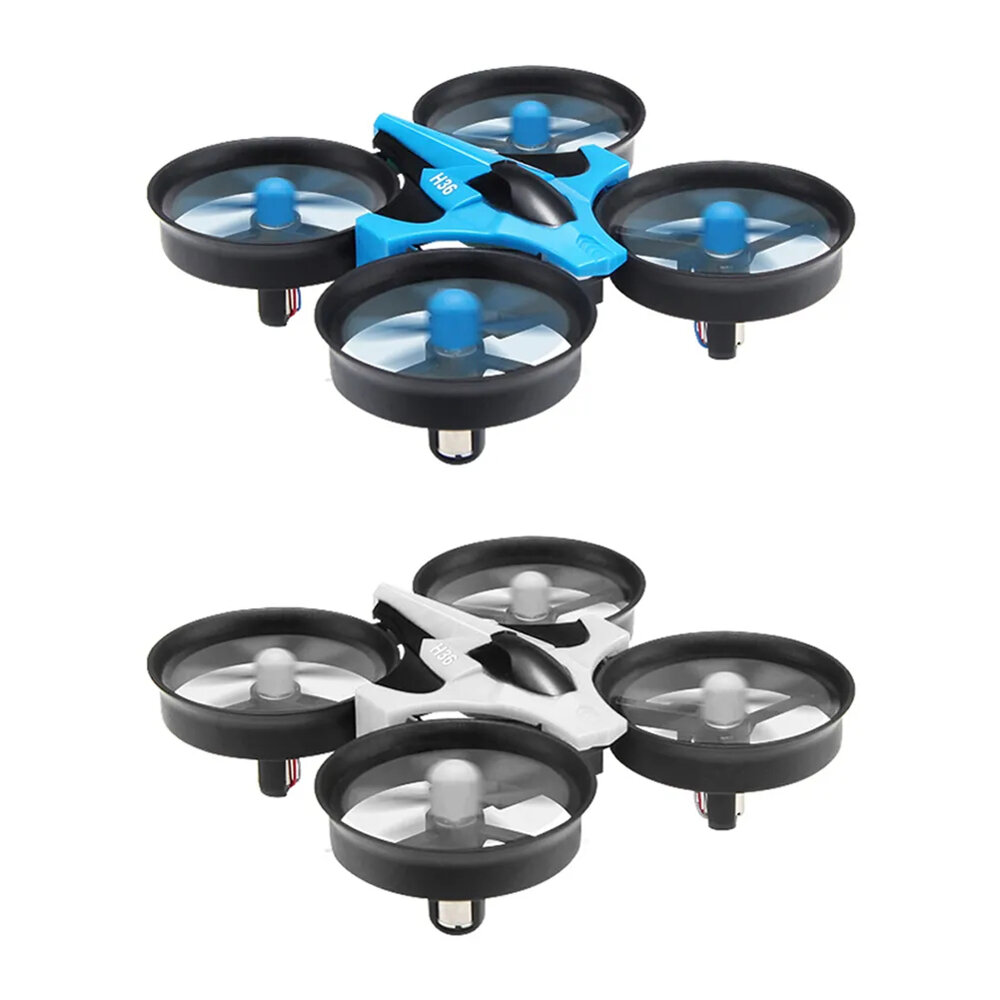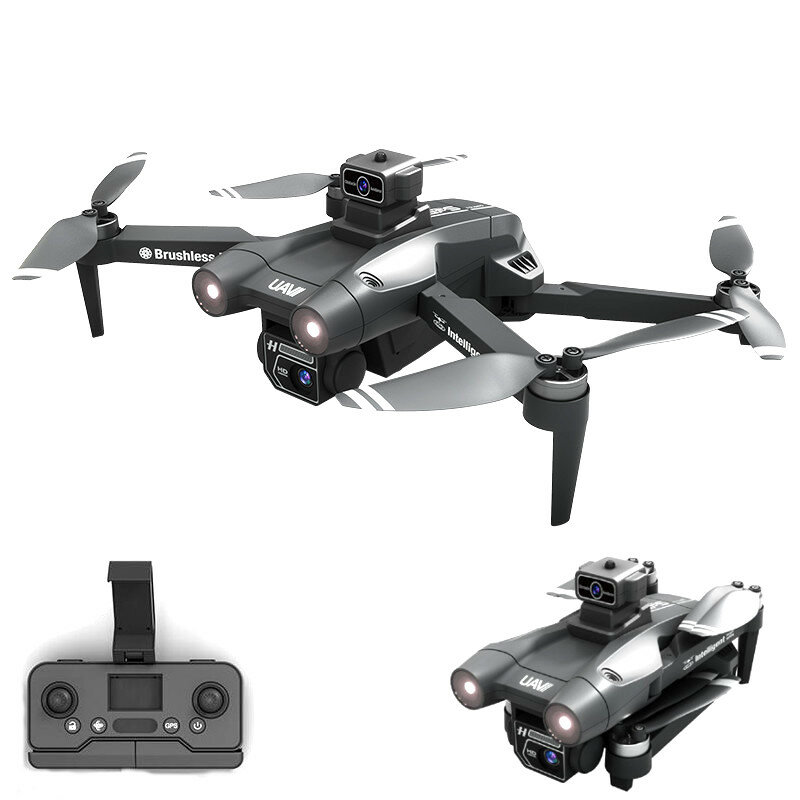The DJI Mavic Air 2 is a compelling purchase for any drone or aerial photography enthusiast. It offers some of the best flight time you can expect from a consumer drone, and a camera that surpasses almost every drone under $1400.
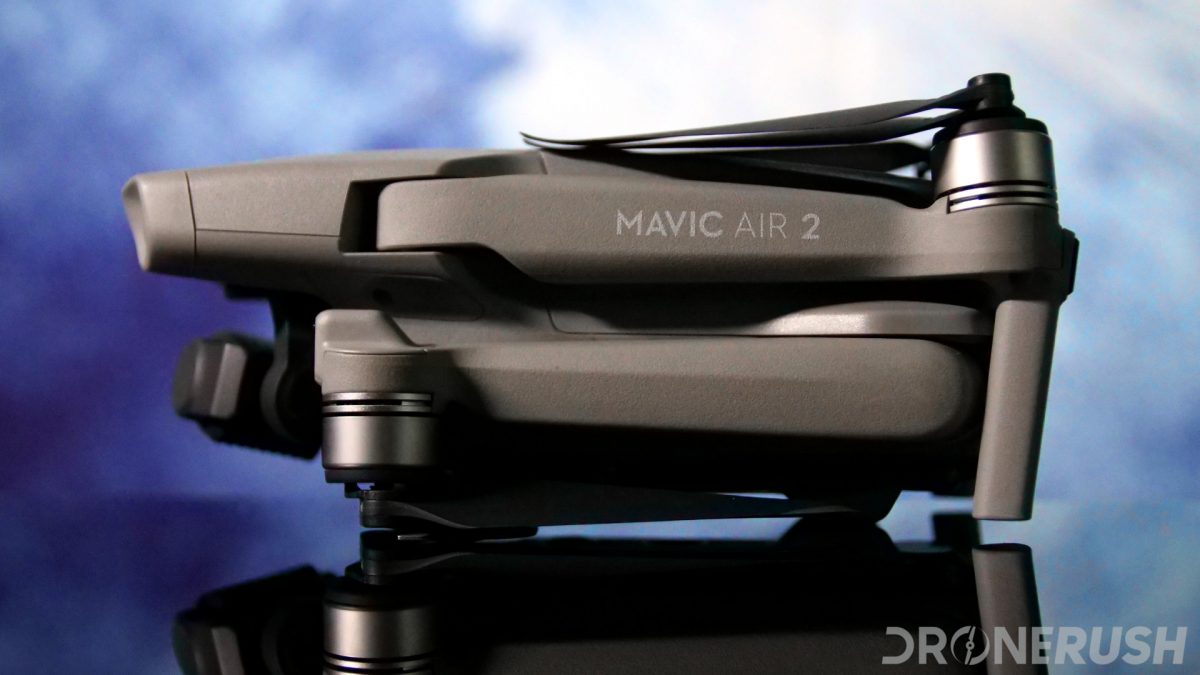
FLIGHT TIME
34
MIN
CAMERA
4K
60 FPS
SPEED
42.5
MPH
RANGE
6.2
MILES
DJI Mavic Air 2
POSITIVES
Compact size
Great camera
Easy to use
Very fast
Great battery life
Fun flight features
Good price at launch
NEGATIVES
Lacks LCD in remote
Perhaps too powerful for first-time pilots
Had hoped for a lower starting price
Dronerush Score
9.6
9.2
Bottom Line
The DJI Mavic Air 2 Picks up where the initial Mavic Air left off, hitting the market as the perfect drone in between the smaller Mavic Mini and larger Mavic 2 series drones. It also continues the trend of being one of the best camera drones on the market. The new 1/2-inch sensor, with 4K 60FPS capture and 120Mbps data…
$799.00
Buy Now!
Familiar operation and reliability are enhanced by extended flight range, and the inclusion of Ocusync makes the Mavic Air 2 a viable contender for medium-duty aerial tasks. We like this new machine, and we think you will too, this is our DJI Mavic Air 2 review.
Notice: We will regularly update this article with new information, or otherwise to refresh it. It initially published in May, 2020. Back to the top
Don’t Miss Out!
Sign up now to get the latest Drone news delivered directly to your inbox! We guarantee 100% privacy. Your information will never be shared.
DJI Mavic Air 2 overview
DJI Mavic Air 2 overview
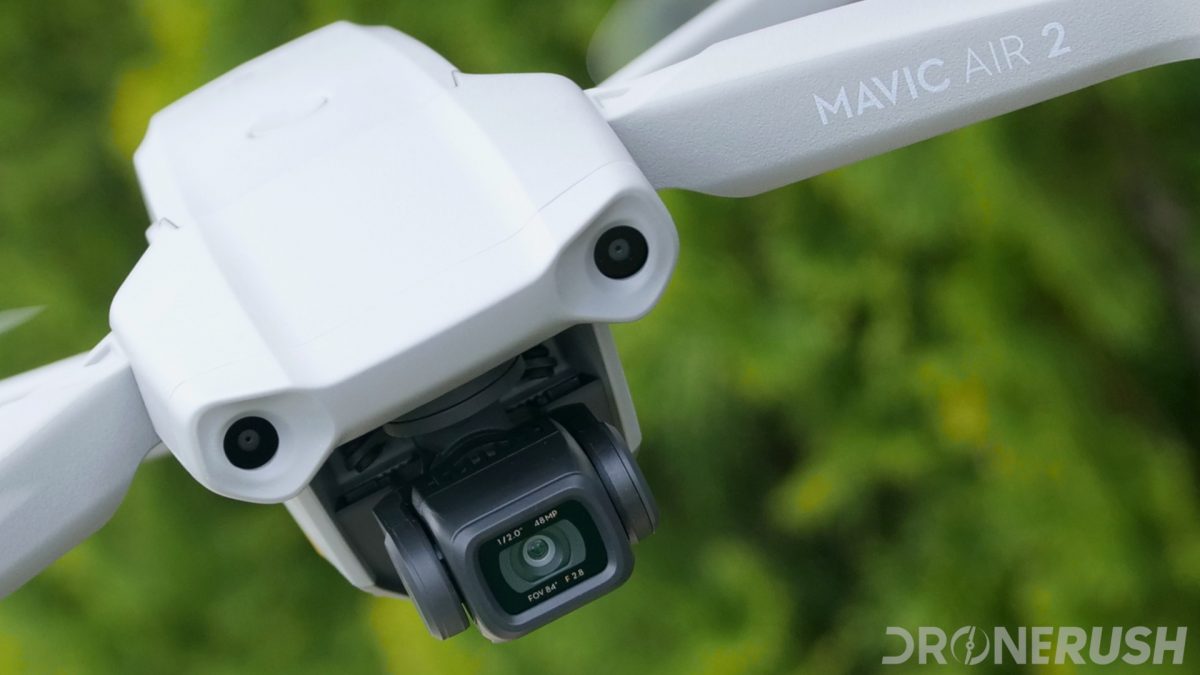
The first thing you’ll notice about the DJI Mavic Air 2 is that it is now in-line with the looks and functions of other Mavic drones. We never faulted the original Mavic Air for being different, but we’ve been fans of the familiar Mavic folding design since the Mavic Pro in 2016.
Despite the similarities, we’re sad to report that the Mavic Air 2 has all unique parts. You cannot swap propellers, batteries or remote controls with the other Mavic models. The Mavic Pro and Mavic 2 series share propellers, but that’s pretty much the only cross-over across any of the drones.
The Mavic Air 2 is a little bit smaller than the more expensive Mavic drones. In fact, it measures almost exactly halfway in between the Mavic 2 Pro and the Mavic Mini. That comparison does not stop there, as the Mavic Air 2 is roughly the in-between weight and price of those two as well. DJI obviously had a plan with this new machine.
Air 2
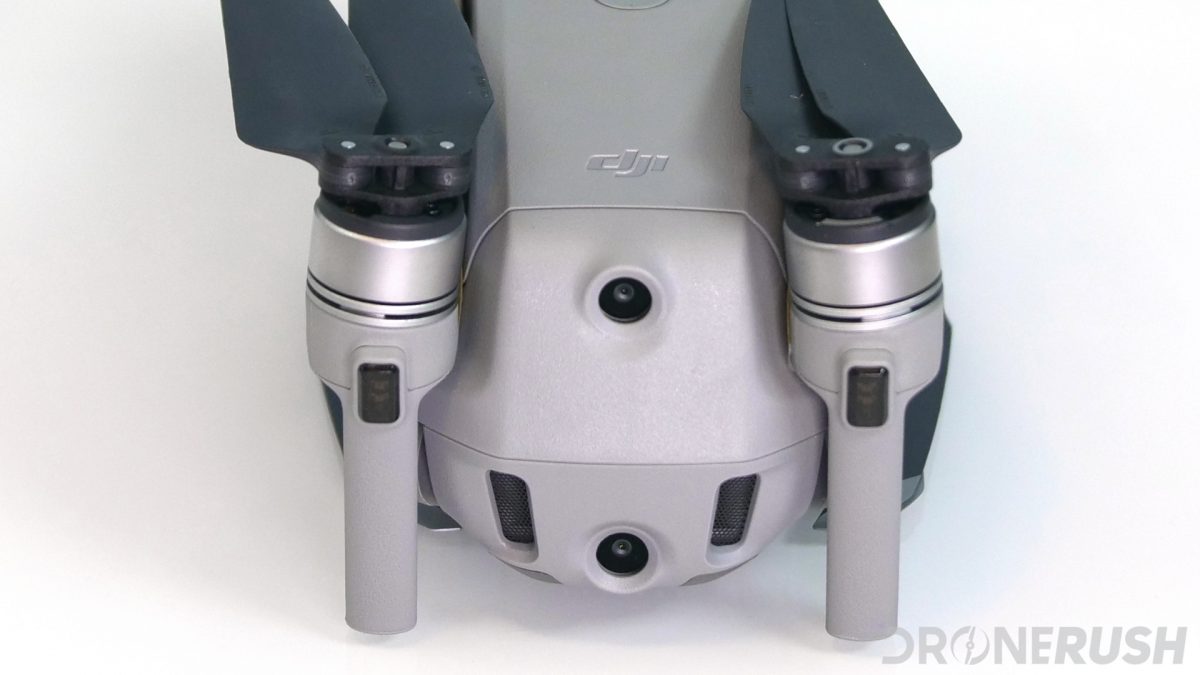
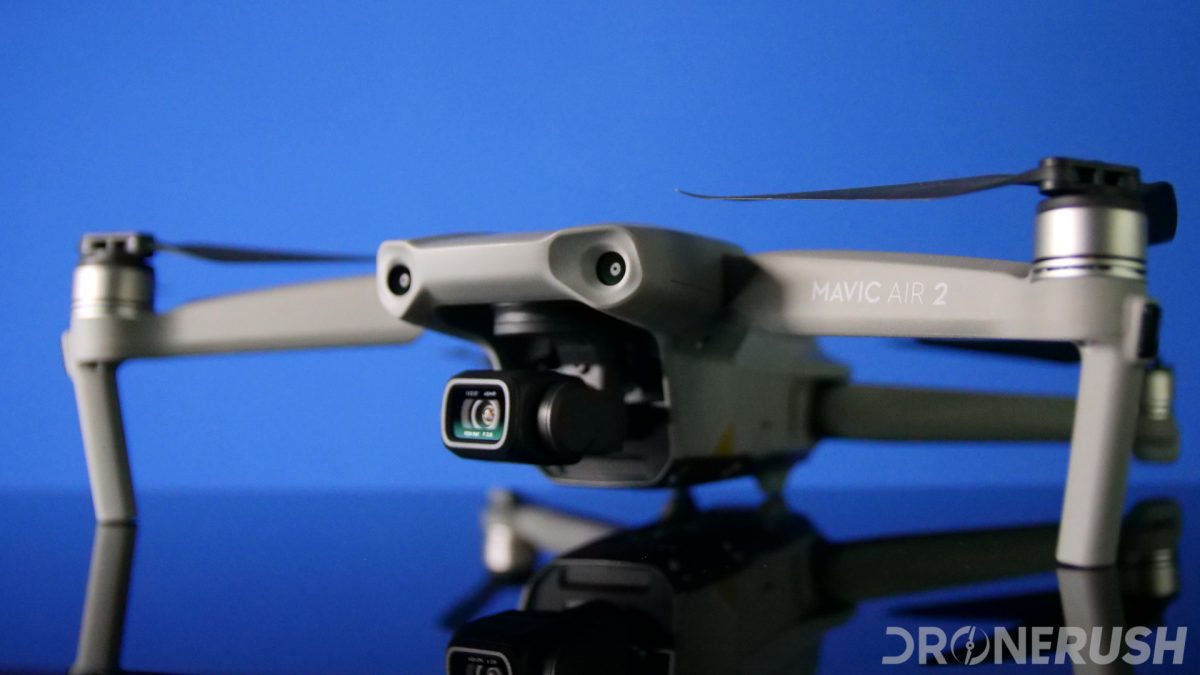

DJI Mavic Air 2
$799.00
May 2020
Release Date
The DJI Mavic Air 2 drone is more than just a successor to the original Mavic Air, it’s more of a transition from its own form-factor into a true Mavic drone. The Mavic Air 2 maintains its place as a mid-tier drone in DJI’s lineup. In terms of size, price, and capability, the Mavic Air 2 sits almost perfectly in between the Mavic Mini and the Mavic 2 series drones.
In the same way that the Mavic Air stepped up the camera game for small drones, the Mavic Air 2 is an exciting update in the camera department as well. You’re looking at a new 1/2-inch sensor that shoots 12MP stills, but does so from a 48MP sensor! You can capture 48MP stills as well, but the 12MP shots are better, using pixel binning managed by Quad Bayer technology. Photos are great, but the new 4K video capture at 60fps, and a data bit rate of 120Mbps, are more exciting to many users.
Check out the DJI Mavic Air 2 for a starting price of $799 for the base package, $988 for the Fly More combo at launch in May 2020.Full Drone Review
We are very excited for one of the biggest updates to the Mavic line we’ve seen, a new camera! Make no mistake, the DJI Mavic 2 Pro still has a superior camera in almost every way, but the Mavic Air 2 is the next generation of non-pro camera, and we’re pretty excited.
If you’ve been following the smartphone market in late 2019 and beyond, you may have seen a new camera standard there as well. No, not the 108MP sensors, that’d be nice on the drones, instead, the 48MP, 1/2-inch sensor that typically produces 12MP images via pixel binning. That’s the one that shoots 4K video at 60fps, and has some solid HDR capabilities.
We’ll discuss the camera in more depth below, but I’ll sum it all up: The image quality from the Mavic Air 2 is beyond our expectations. DJI must have taken a page out of Google’s playbook for a software-driven camera experience. Well done. Related Articles
DJI Quickshot: autonomous drone flight made easy
Drone jobs – how to make money with your UAV
Drones — what is a drone? Everything you need to know
1 day ago
Things to know before you fly
- You must register your drone with the FAA before you fly
- You must affix your drone registration number to your craft
- Coming soon: The FAA will require you to pass a test before you fly your drone
- You must acquire your Part 107 certificate if you are to receive any compensation for your flight
- You must follow all of the FAA’s airspace rules if you are flying outdoors
- Hobby flights have different requirements from commercial flights
- In the eye’s of the FAA, drones are aircraft. Period.
- You need to acquire authorization to fly in controlled airspace
Is the Mavic Air 2 any good?
Is the DJI Mavic Air 2 any good?
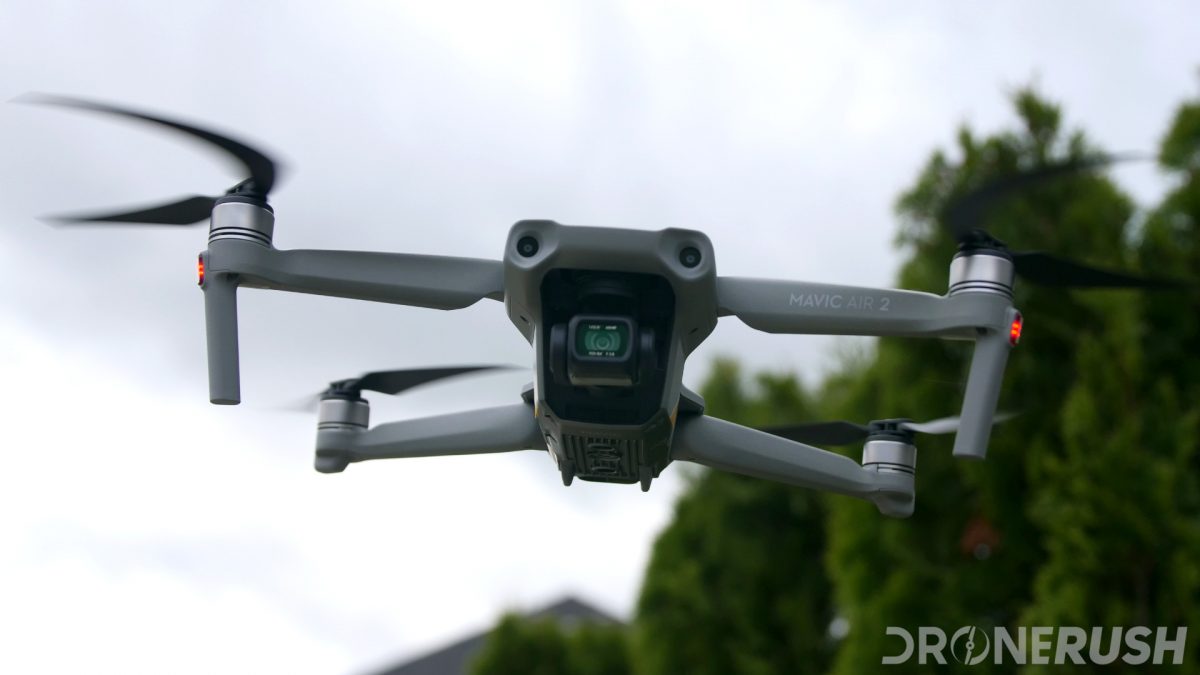
We hate to assume that any DJI drone is going to be great, but they’ve proven themselves time and again, and again with the Mavic Air 2. Yes, it is good.
The Mavic Air 2 balances form and function. The initial Mavic Air was ideal for packing down and taking on the go. The Mavic Air 2 is less portable, but still easier to pack than the Mavic Pro or Mavic 2 drones. The trick here is that there is no compromise in the camera or flight for the reduced size and weight.
The Mavic Air 2 feels like the most responsive drone that DJI has produced. Its rated top speed is no different than the larger Mavic drones, but it has an acceleration rate that you need to be aware of if flying in tight places. If you jam on the sticks, the drone will be gone in that direction at full speed before you can look up from the controller.

You should utilize Tripod mode if you are a first time pilot, or need to snag some slow moving shots from the sky. It is possible to be gentle on the sticks to get slow and smooth movement while in Standard mode, a task that is even harder in Sport mode, but it can be done.
Connection to the remote is solid, and the reaction time from button press to drone action is minimal. You may notice some latency, but you’ll have to go looking for it.
Video feedback from the drone is also very solid. We flew the drone in the same place we’ve flown every other consumer drone we’ve touched in the last 2 years. The Mavic Air 2 produced the best video stream quality we’ve seen from them all.
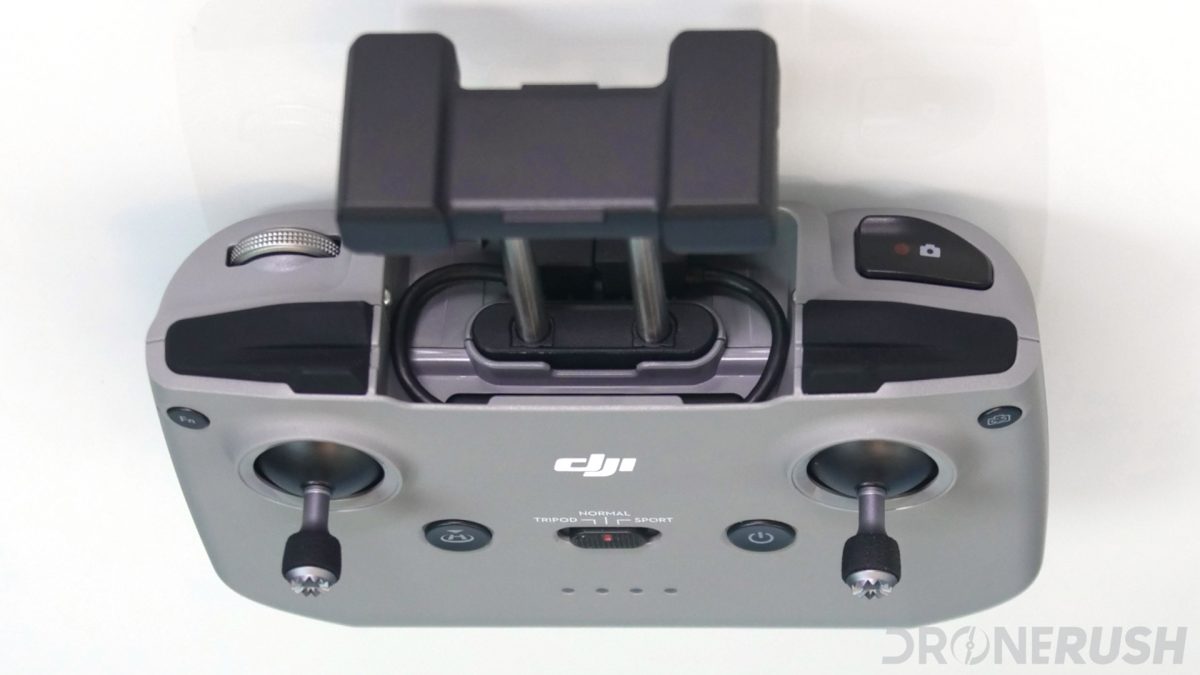
We attribute this connectivity to Ocusync 2.0 and the newly rated 10KM connection range.
The remote control had us a little worried. It is a new design that is larger and very blocky. Indeed, we wonder why it is so large. It looks like a merge between the initial Mavic Air remote and the newer DJI Smart Controller from 2019. This new Mavic Air 2 remote has more than enough room for a built-in display, even if only the simple LCD from the Mavic Pro and Mavic 2 series. Perhaps we’ll see an option with a display in the future. Mavic Air 2 specifications
Mavic Air 2 specifications
DJI Mavic Air 2 9.6
DRONERUSH SCORE FLIGHT TIME
34
MIN CAMERA
4K
60 FPS SPEED
42.5
MPH RANGE
6.2
MILES 9.2
User SCORE Style Folding quadcopter Size 302 mm frame
Folded: 7.09 x 3.82 x 3.31 inches
(180 x 97 x 84 mm)
Ready to fly: 7.20 x 9.96 x 3.03 inches
(183 x 253 x 77 mm) Weight 1.26 lbs (570 g) Max speed Sport: 42.5 mph (19 m/s)
Normal: 26.84 mph (12 m/s)
Tripod: 11.18 mph (5 m/s) Max service ceiling 16404 feet (5000 m) Max ascend/descend speeds Ascent: 13.12 ft/s (4 m/s)
Descent: 9.84 ft/s (3 m/s), Sport mode can burst to 5m/s Battery 3,500 mAh Lithium Polymer – Removable. Battery life Max 34 minutes
Ensure safe landing: 29 minutes Range Max 6.2 miles (10,000 meters) from controller Camera 1/2 inch CMOS 12MP 4K
48MP capable
120 Mbps video data rate
84 degree FOV
24mm, f/2.8 lens
Modes:
Single, Burst, AEB, SmartPhoto (Scene Recognition, HyperLight, HDR,) and Panorama Video recording 4K – 24/25/30/48/50/60fps (3840×2160)
4K HDR – 24/25/30fps (3840×2160)
2.7K – 24/25/30/48/50/60fps (2688×1512)
2.7K HDR – 24/25/30fps (2688×1512)
FHD – 24/25/30/48/50/60/120/240fps (1920×1080)
FHD HDR – 24/25/30fps (1920×1080)
Normal and D-Cinelike profiles Storage Internal 8GB
Micro SD up to 256GB
Recommend minimum 96 Mbps write speed Remote control WiFi
2.4GHz and 5.8GHz range
Max 6.2 mile operating range
19.24Wh rechargeable battery
Mobile device up to: 180 x 86 x 10mm
microUSB, Lighting and USB Type-C Flight modes Tripod, Normal, and Sport
Follow-me: behind, in front, circle, side
ActiveTrack 3.0
Point of Interest 3.0
Spotlight 3.0
APAS 3.0
FocusTrack
HyperLapse
Return to home
Quickshot:
Rocket, Dronie, Circle, Helix, Boomerang, Asteroid Hover accuracy Horizontal: 1.5m GPS, 0.1m Vision
Vertical: 0.5m GPS, 0.1m Vision Packages Fly More combo
Drone alone Release Date May 2020 See MoreSee Less
On the flip side, the Mavic Air 2 is good, but there are a few compromises to consider. First, the lack of sideways obstacle avoidance is a downgrade from other offerings on the market. Admitting that this is more of a premium feature is to admit that the Mavic Air 2 is not a premium drone. It’s one of the very best consumer-grade drones, but not quite premium.
The second complaint we have is that all of the parts and accessories are brand new. Sure, you can use things like bags and cables from other Mavic drones, but we would love to see more cross-over of propellers, if not batteries. As best we can tell, the props are slightly smaller, but the exact same design as the low-profile props that introduced with the Mavic Pro Platinum, and continued with the Mavic 2 drones. The Mavic Air 2 is smaller and lighter, it does not need as large of props, but us consumers of multiple DJI drones have yet another set of parts to purchase and keep organized.
Let’s be fair, our complaints are not deal breakers, we are liking this drone.
Mavic Air 2 safety features
How safe is the DJI Mavic Air 2?
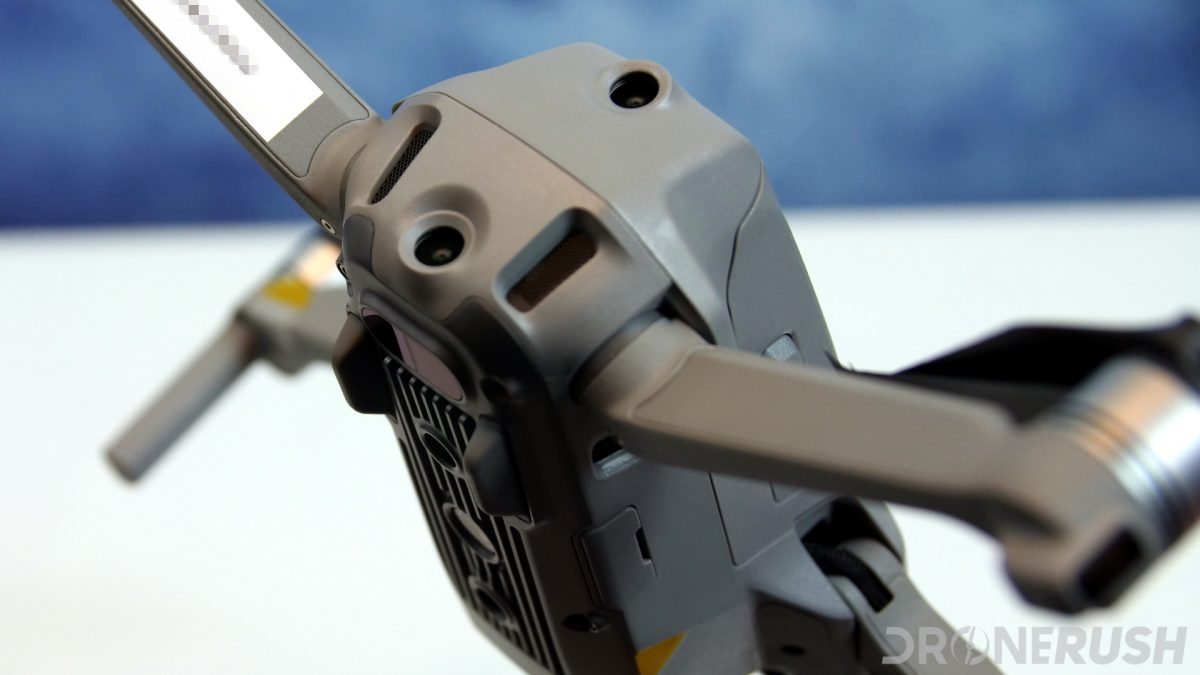
The first thing most of us worry about when flying a drone, is trying not to crash it. All drones have risk, but the Mavic Air 2 does a solid job at mitigating them.
Multi-direction obstacle avoidance is a plus for the Mavic Air 2. You’ll get warnings and the drone will automatically come to a stop for your forward, backward, and downward flight. We can always wish for all-direction protection, but you’ll have to upgrade to the Mavic 2 series and up for that.
The biggest safety tool introduced with the Mavic Air 2 is called Airsense. On the surface, Airsense is simply an ADS-B receiver.
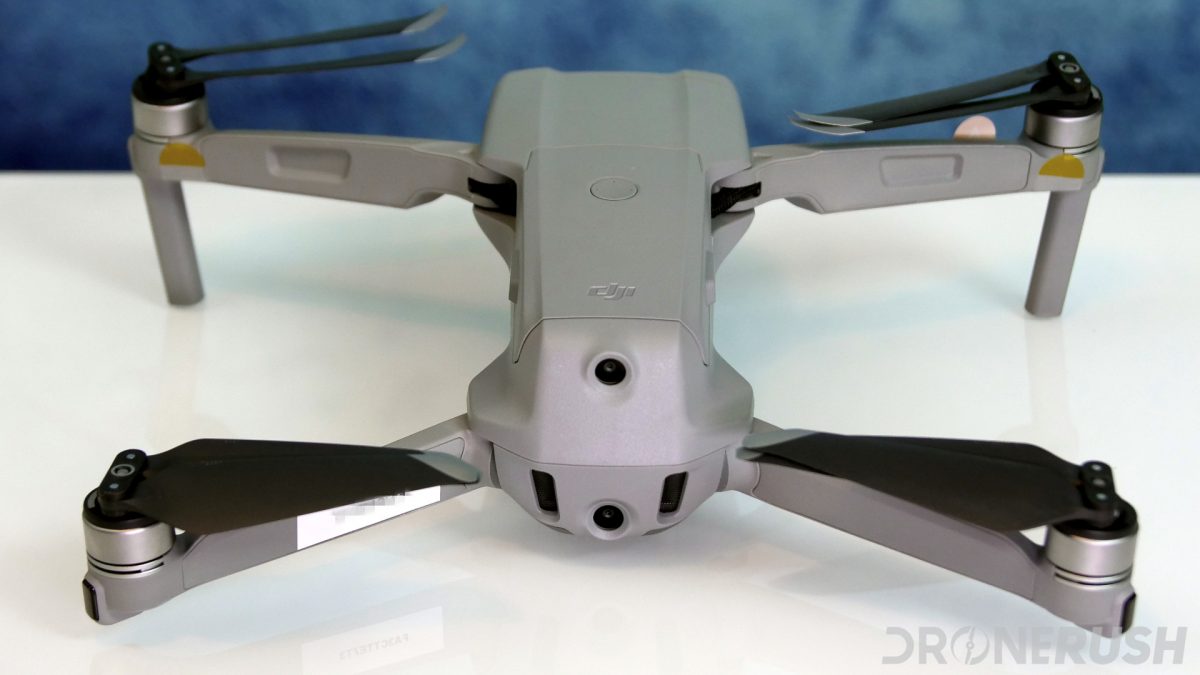
DJI makes it clear that the ADS-B functionality of the Mavic Air 2 is ADS-B In only. Your drone will not transmit its location. As a receiver, you will receive notifications for manned aircraft in your area.
We fly in an infrequent flight path, with maybe five to ten aircraft per day that soar overhead. We had the Mavic Air 2 in the sky when one such plane came over.
Airsense gave me more than enough time to descend and/or alter course to avoid collision
Before I could hear the incoming aircraft, the DJI Fly app vibrated to let me know something was up. Around the time I could hear the craft, the app automatically expanded the map in the lower left corner to show us the real-time location and direction of the nearby aircraft.
This was a 2D visualization, I was provided no altitude info for the airplane, but as the little airplane icon passed within 1000ft horizontally of the drone, I was able to identify the craft at a few thousand feet above.
Being that I was flying below the roof line of the nearby buildings, there was really no risk of collision. Had I been higher in the sky, the inclusion of Airsense gave me more than enough time to descend and/or alter course to avoid collision.
Important note: Airsense is not available in all markets. We can confirm that it works within the United States, but it is not available in the EU at this time. DJI Mavic Air 2 camera
DJI Mavic Air 2 camera samples
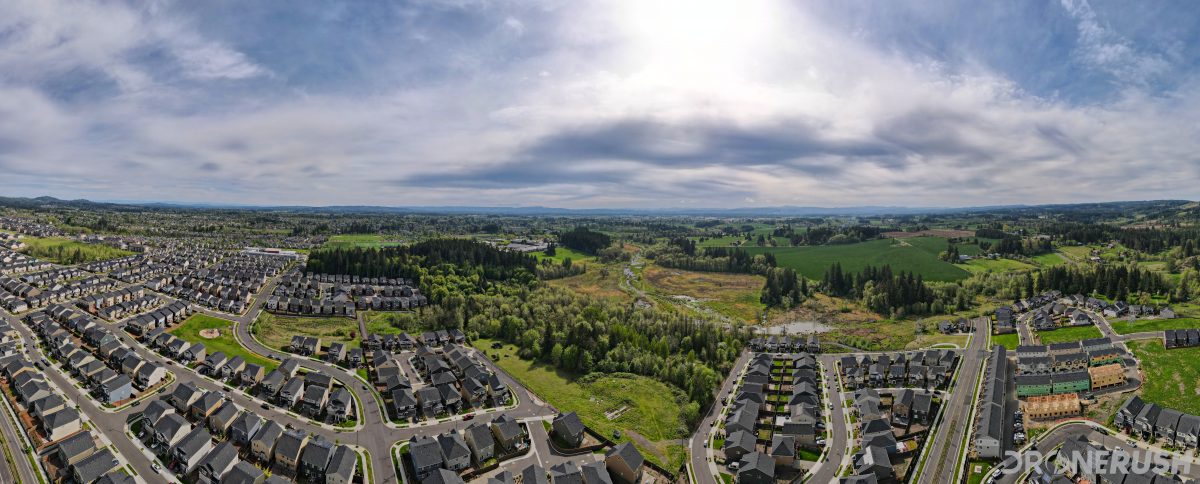
Panoramic 180 degree
If you read the tab when you’re visiting DJI’s website, it tells you they are the world’s leaders in camera drones. There are some insane professional rigs that DJI only sort-of competes with, but for the consumer market, drones like this Mavic Air 2, we can’t argue.
The new 1/2-inch size sensor is exciting to us. Most drones previously housed a 1/2.3-inch sensor, or jumped up to a full 1-inch camera. It was easy to tell the difference between the two older sensor sizes, and believe it or not, it’s pretty easy to see the improvements just 0.07-inches can make.
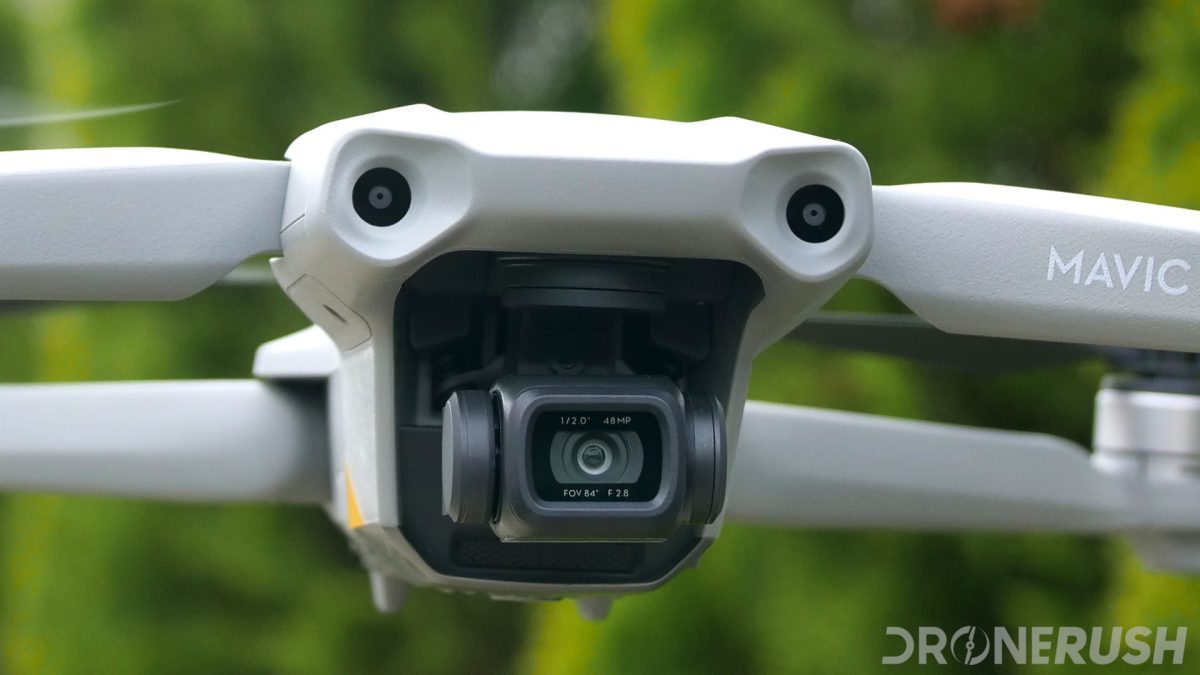
The pixel count of the camera is vastly increased as well. This is a 48MP camera. DJI intends that you shoot 12MP photos, using pixel binning to get the clearest shots possible. You can shoot a full 48MP photo if you choose, but it really is not as good as the 12MP output.
Familiar shooting modes are equipped as well, including several panoramic shots, DJI’s Hyperlapse, and multiple multiple-shot burst features. Don’t forget to enjoy the DJI Quickshot flight features as well.
DJI Mavic Air 2 video sample
The larger sensor is capable of shooting 4K video at up to 60fps. The bump up to 120Mbps is welcome, which means even more data is being captured to enhance your images. If you turn on HDR capture, however, the frame rate drops back to 30fps.
When it comes to video, we applaud DJI for their camera Gimbals. The Mavic Air 2 shoots extremely smooth video, and the camera has great articulating range. We have not confirmed that the Mavic Air 2 uses any digital stabilization for video capture, but there are certainly enough pixels available on the sensor to work some software magic.
Our first images with the Mavic Air 2 were impressive. Make no mistake, they don’t compare with our DSLR cameras, nor with the images we captured with the Inspire 2, but they’re respectably comparable to the Phantom 4 Pro.

Mavic Air 2 price and availability
How much is the DJI Mavic Air 2? When can I buy the Mavic Air 2?
Good news, the DJI Mavic Air 2 is up for sale right now. The first shipments began arriving to consumers on May 11th, 2020.
In a familiar move, DJI is offering the Mavic Air 2 in two packages, the standard pack with all you need to fly, then the Fly More combo, which includes extra batteries and more.
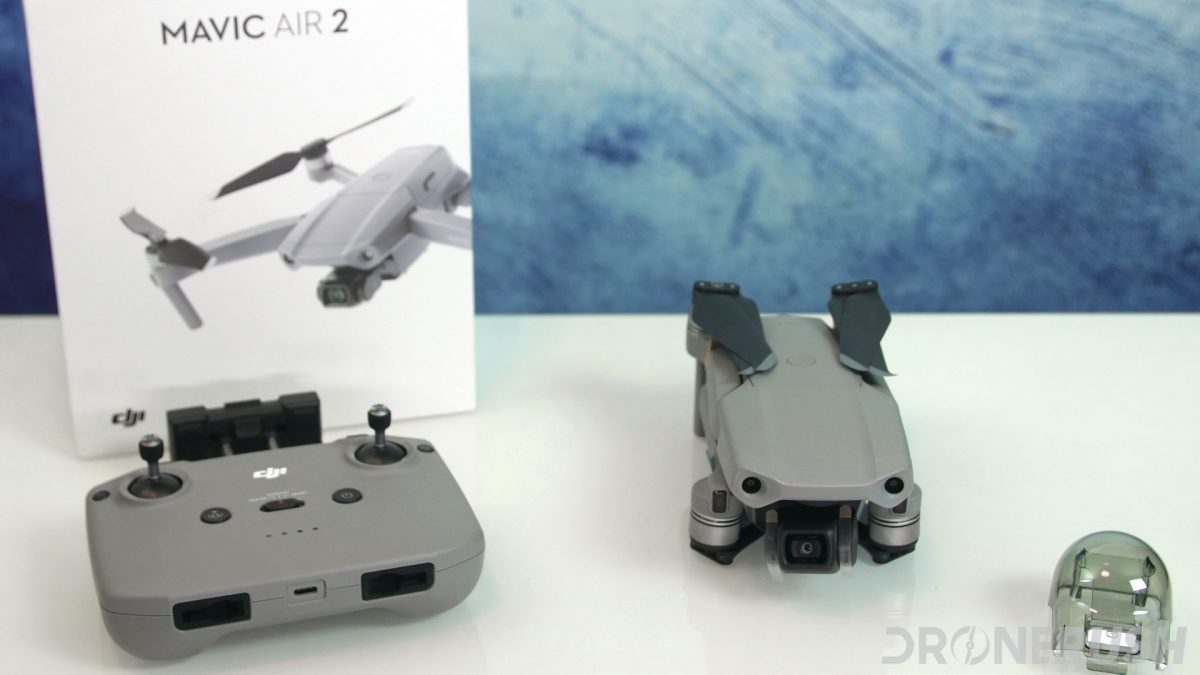
DJI Mavic Air 2 for $799
- Airframe
- Remote control
- One battery
- Charger
- One pair additional propellers
- All cables to connect
DJI Mavic Air 2 Fly More combo for $998
- Airframe
- Remote control
- Three batteries
- Charger
- Charging hub
- Additional propellers
- All cables to connect
- ND filters
- Shoulder bag
Should I buy the Mavic Air 2
Should I buy the DJI Mavic Air 2?
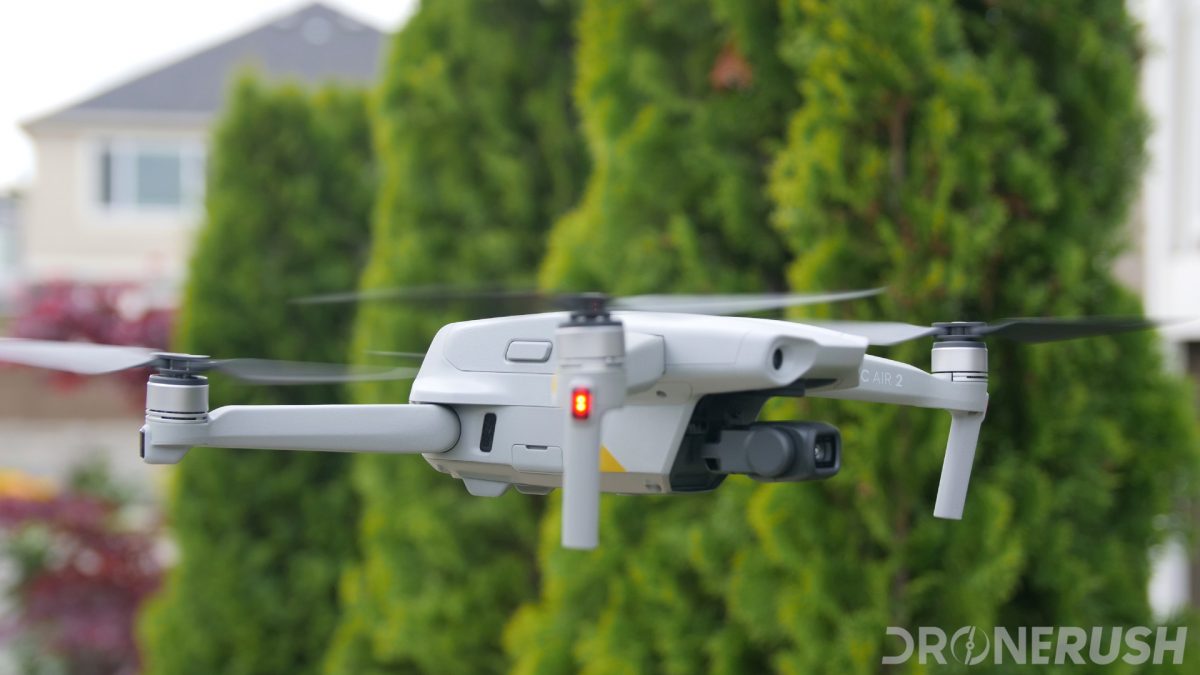
As always, you must weigh the options when you are looking to buy a new drone, but rest assured, the DJI Mavic Air 2 is a solid purchase, well worth it for anyone that doesn’t have the budget for the DJI Mavic 2 series drones or better.
Did you know? The Mavic Air 2 has the same Sony camera sensor as the more expensive Autel Robotics Evo II? There are other perks to the more expensive drone, but for a camera-to-dollar comparison, the Mavic Air 2 is hard to beat.
For owners of the original Mavic Air, the Mavic Pro, Spark or anything in between, the Mavic Air 2 is the better drone. For those that enjoy the Mavic 2 Zoom, but do not rely heavily on the zoom functionality, we’d even call the Mavic Air an upgrade there as well.
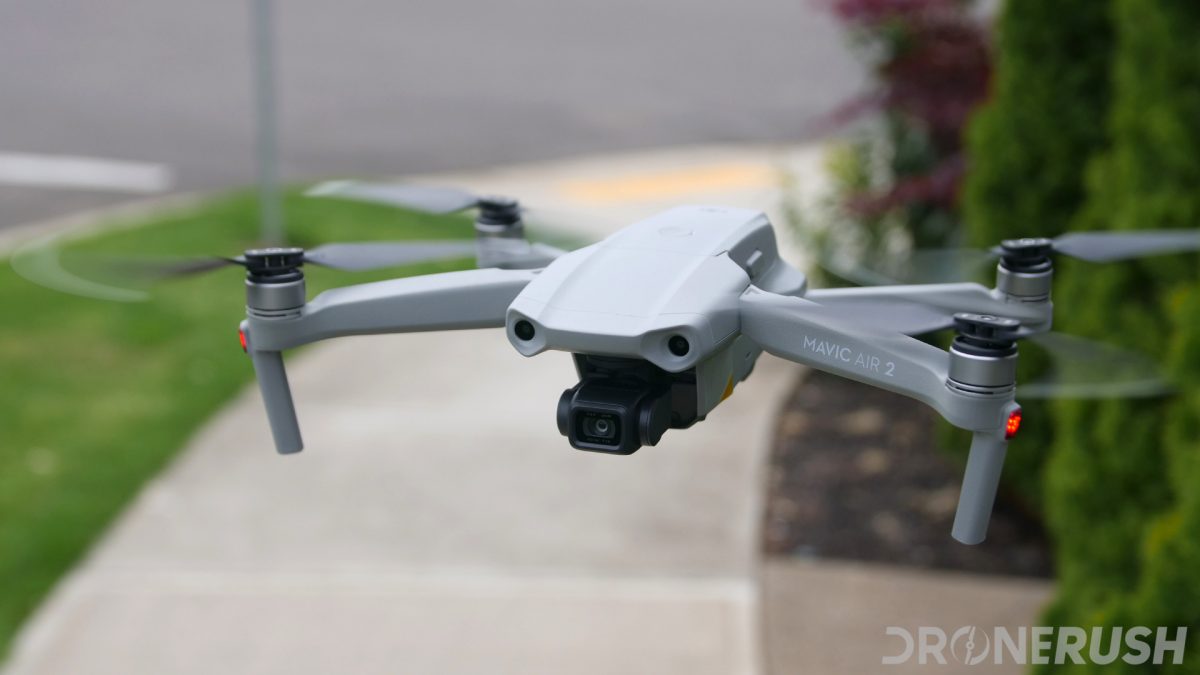
DJI has done a good job with the Mavic Air 2, particularly in terms of rounding out their consumer offerings. Grab the Mavic Mini if extreme portability or a sub-$500 price tag is important to you, snag the Mavic 2 Pro for $1449 if you want a superb camera, or land almost precisely in between to get the Mavic Air 2 for $800.
DJI Mavic Air 2
(9.6)
- 34 – MIN
- 4K – 60 FPS
- 42.5 – MPH
May 2020
Release Date
$799.00
MSRP
More info ->Buy This Drone
Some DJI Mavic Air 2 competition:
- Sale!
 More Info
More Info
DJI Mavic Mini (9.0)- 30 – Minutes
- 2.7K – 12MP
- 29 – MPH
$399.00$359.00
BUY 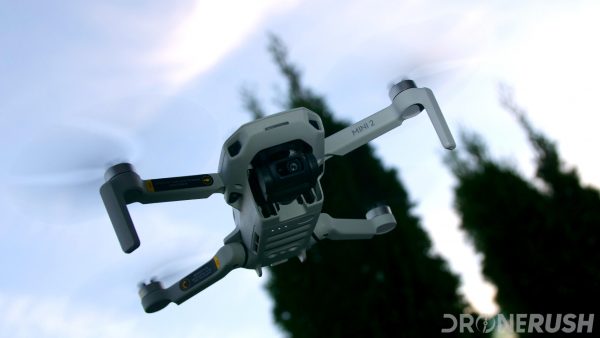 More Info
More Info
DJI Mini 2 (9.4)- 31 – Minutes
- 4K – 12MP
- 36 – MPH
$449.00+
BUY- Sale!
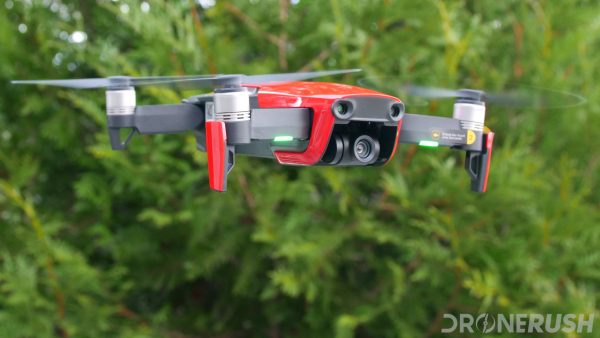 More Info
More Info
DJI Mavic Air (8.4)- 21 – MIN
- 4K – 30 FPS
- 42.5 – MPH
$799.00$700.00
BUY 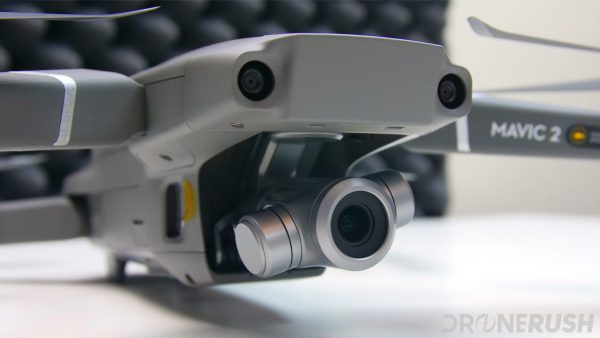 More Info
More Info
DJI Mavic 2 Zoom (9.5)- 31 – MIN
- 4K – 30 FPS
- 44 – MPH
$1,299.00
BUY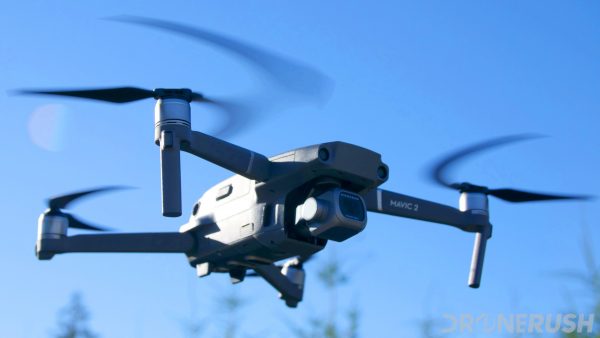 More Info
More Info
DJI Mavic 2 Pro (9.7)- 31 – MIN
- 4K – 30 FPS
- 44 – MPH
$1,449.00+
BUY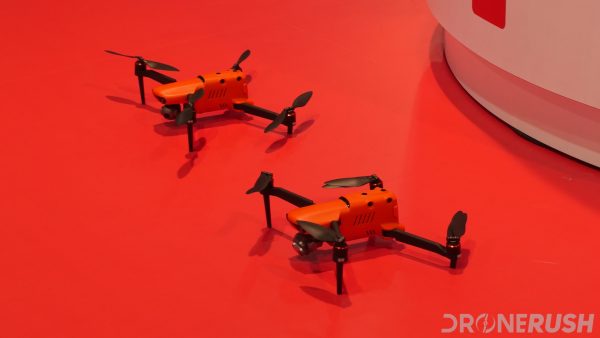 More Info
More Info
Autel Robotics Evo II (9.1)- 40 – Minutes
- 8K – 48MP
- 45 – MPH
$1,495.00
BUY
FAQ
Frequently Asked Questions
But really, how good is the DJI Mavic Air 2?
As with most things in life, the DJI Mavic Air 2 is absolutely amazing, or rather terrible, all depending on what you need out of it and what you are comparing it to. This little drone will never keep up with image quality of something like the Inspire 2 with Zenmuse X7 camera, and it’ll never out-pace your racing drone around the track, but we stand by our opinion that the Mavic Air 2 will capture better images from the sky than almost every drone on the market in mid-2020 that costs less then $1,500, and it’ll fly further and for longer than most of them, too.
Is the Mavic Air 2 48MP or 12MP?
The camera sensor in the Mavic Air 2 is a 48MP sensor, and the drone can capture 48MP photos, but capturing at 12MP provides the best results.
We mentioned pixel-binning in the article, that is where multiple pixels on the camera sensor are treated as one pixel to produce the final image. Camera sensors work by capturing light on the pixels, the more light you can capture on the pixel, the more accurate it will depict the colors it was exposed to. Since this has to happen in a flash (pun intended,) there is limited light exposed to each pixel on the sensor. By pixel binning, you are taking the average of four different pixels, and can computationally add values together from the four, to produce a more accurate color value. This is all done in the software, which takes educated guesses at what the best image should look like, but with teams like Google and DJI working on the concept, it’s proven very effective and destined to get better.
10KM range is huge, I can fly to my grandma’s house!
Respecting your enthusiasm, please remember the line-of-sight laws in effect in your country. For us in the United States, the law almost specifically says “unobstructed line-of-sight,” but what they really mean is that you should always be able to see your drone with your naked eye. I have an unobstructed view of Mount Hood and Mount St. Helens from some of my favorite flight spots in Portland, that’s a direct ~60 miles of unobstructed sky, but my eyesight is only good enough to see the Mavic Air 2 at less than 2,000 feet distance. Maybe one day I’ll get to fly in a country that allows BVLOS flights with hobby drones, but for now I’ll ask you to be like me, please keep your drone within visual range.
What is this ADS-B stuff?
ADS-B is simple, it’s a platform with which aircraft are able to transmit their current location, and see the location of other aircraft. The ADS-B infrastructure is a little bit older, and the skies are crowded enough that the decision was made to not add drones into the mix. They did not want to crash the system, nor overwhelm pilots with all the extra blips on the map. However, it is an open system that you can receive data from if you have the right gear. If you have a new DJI drone, you have the right gear. ADS-B on your Mavic Air 2 is simply a tool to show you when there are manned aircraft in your area. It is well integrated into the app, but it’s nothing that you can’t find for yourself with your own gear, find within the Airmap app when you’re in an active flight, or by visiting a site like flightradar24.com.
Should I buy the DJI Mavic Air 2, or wait for the Mavic 3?
Our gut reaction is to ask if the Mavic Air 2 looks like it will satisfy your flight needs, if you will have a budget of about $1,500 and can wait until the Mavic 3 series launches maybe late 2020, but likely early 2021? The Mavic Air 2 is a superb little drone, but it is not going to keep up with everything a Mavic 3 drone will be able to do. That said, they are likely to have a similar camera sensor, if not the exact same one – while the Mavic 3 machines will likely have better overall cameras with larger lenses, and may enable 8K video recording, only the most discerning will be disappointed with the Mavic Air 2.
Does the DJI Mavic Air 2 have Remote ID?
Please stay tuned for further info, as of January 2021, we know that Remote ID is coming, but the official rules and effective dates are not yet published. Most DJI drones include some telemetry in the radio signal broadcast to your remote, this data may satisfy the FAA’s requirements for Remote ID, but until that is confirmed, please expect to need an external transmitter. We’ll update when we know more.
The post DJI Mavic Air 2 review – Hard to beat appeared first on Drone Rush.
The post DJI Mavic Air 2 review – Hard to beat appeared first on Drone Rush.

















